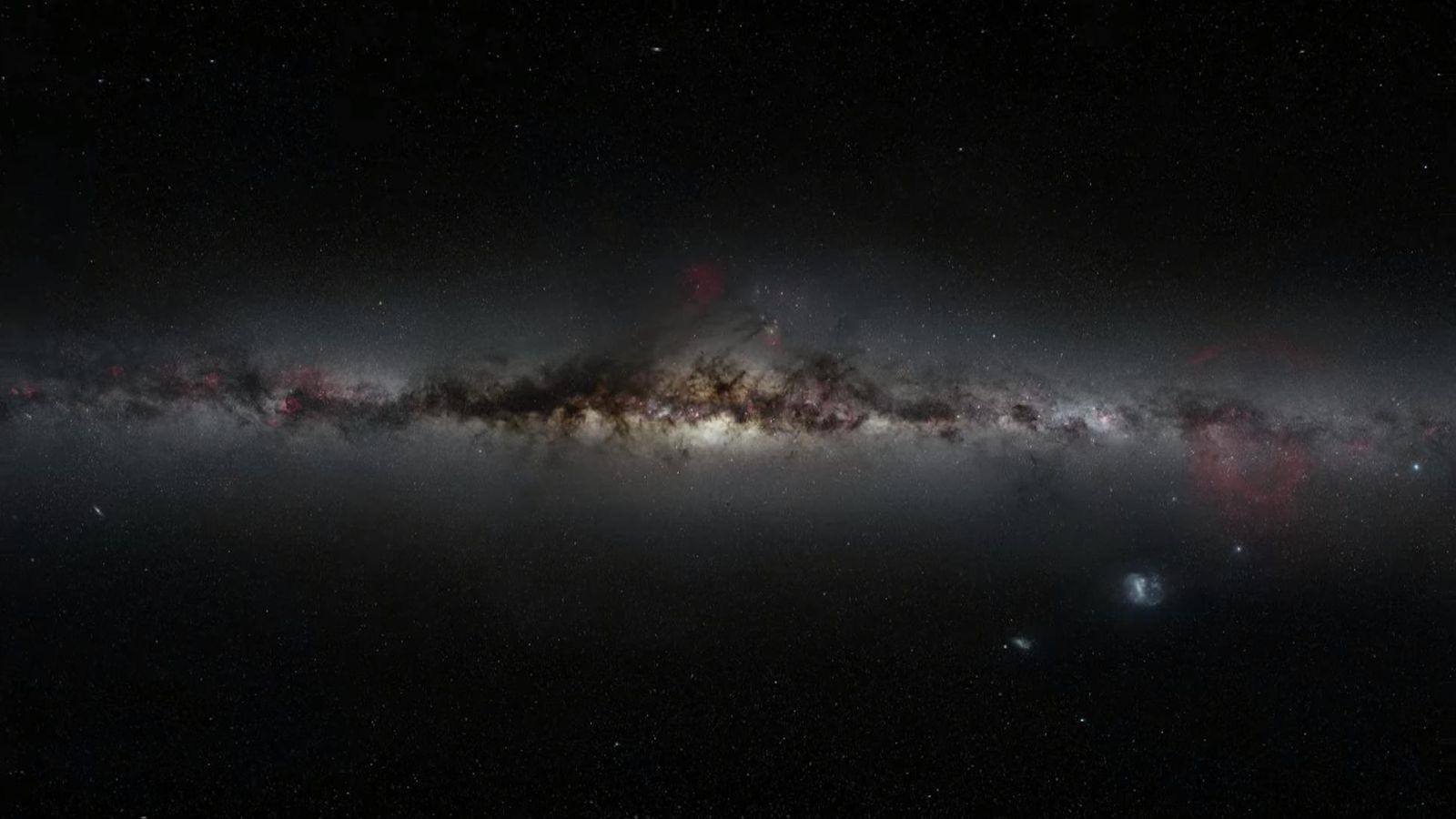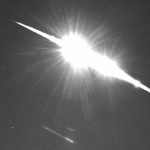Scientists have shared the deepest and sharpest ever images of the region around the supermassive black hole at the centre of the Milky Way, helping reveal its true mass and location.
The new images, captured by the European Southern Observatory’s VLTI (Very Large Telescope Interferometer) zoom in to the centre of our galaxy 20 times more than was previously possible.
They show how the black hole there – known as Sagittarius A* – exerts such an enormous influence on spacetime that it warps the orbits of stars, including one seen travelling faster and closer to a black hole than has ever been observed before.
What have we learned?
One of the major names involved in the research was Reinhard Genzel, a director at the Max Planck Institute for Extraterrestrial Physics (MPE), who was awarded a Nobel Prize last year for his Sagittarius A* research.
Mr Genzel said the new research demonstrated “to a higher precision than every before” how massive the black hole was, whether it rotated, and if the stars around it behaved exactly as expected according to Einstein’s general theory of relativity.
The good news is that Einstein’s theory holds up yet again, and that the researchers delivered the most precise estimate of the mass of the black hole and its distance from us that has been delivered to date.
Apple and Google ‘duopoly’ criticised for ‘vice-like grip’ over mobile devices by competition watchdog
COVID-19: New needle-phobia friendly coronavirus vaccine could protect against virus mutations
Mixed bag for Ocado as labour shortage hurts retail arm but group wins patent victory
As detailed in two scientific papers – both published in the journal Astronomy & Astrophysics – Sagittarius A* has a mass 4.3 million times that of the Sun and sits 27,000 light years away from the Earth.
What is the VLTI?
The Very Large Telescope is actually an array of four 8.2m (27ft) unit telescopes, which combines with four 1.8m (6ft) moveable auxiliary telescopes to form the Interferometer.
It is is situated high up on the Paranal Mountain in the Atacama Desert in northern Chile, where the dry weather and lack of light pollution have helped the facility contribute to more scientific papers than any other ground-based telescope.
It works by recombining the light from all of the telescopes simultaneously – passing the light beams through a complex system of mirrors.
The scientists also used the GRAVITY instrument which ultimately enabled to team to “arrive at images 20 times sharper than those from the individual VLT telescopes alone,” according to Frank Eisenhauer, also of MPE.
Scientists captured the first direct image of a black hole in 2019
What don’t we know?
Within the next decade scientists plan to upgrade GRAVITY to a system they’re calling GRAVITY+ which “will push the sensitivity further to reveal fainter stars even closer to the black hole”.
Alongside the ESO’s new Extremely Large Telescope (ELT) which is currently under construction in the Atacama Desert, this technology should give humanity even more insights into how this mysterious singularities impact the universe.
The idea is to find stars that are so close to the black hole that their orbits are not just impacted by its mass, but also by its rotation.
“With GRAVITY+ and the ELT’s powers combined, we will be able to find out how fast the black hole spins,” said Dr Eisenhauer. “Nobody has been able to do that so far.”






















